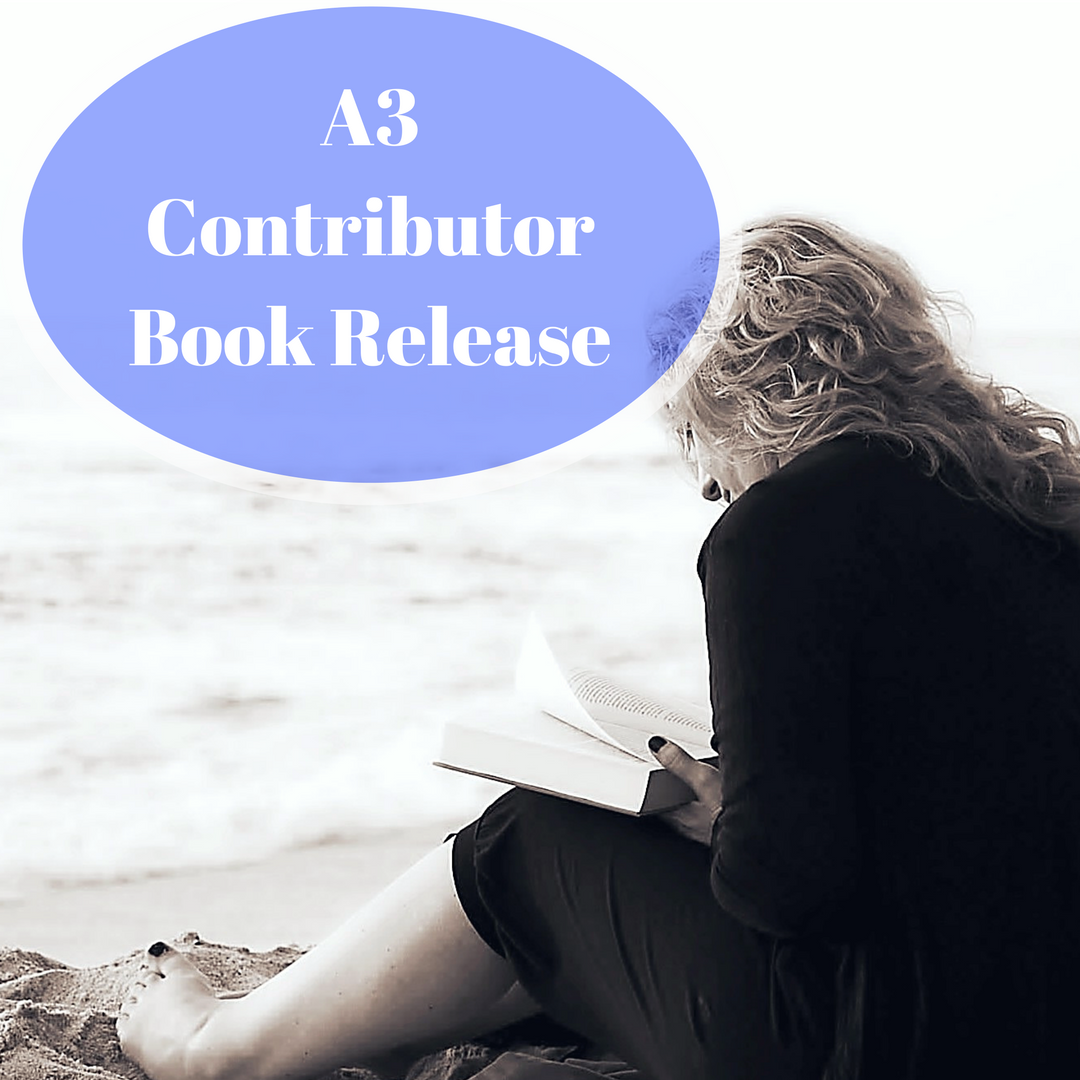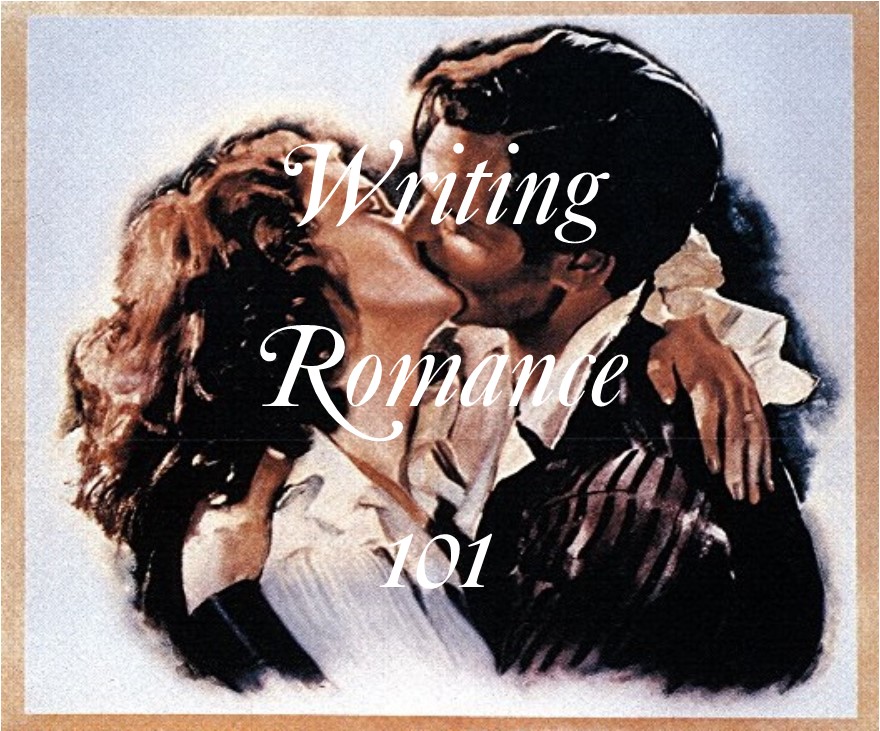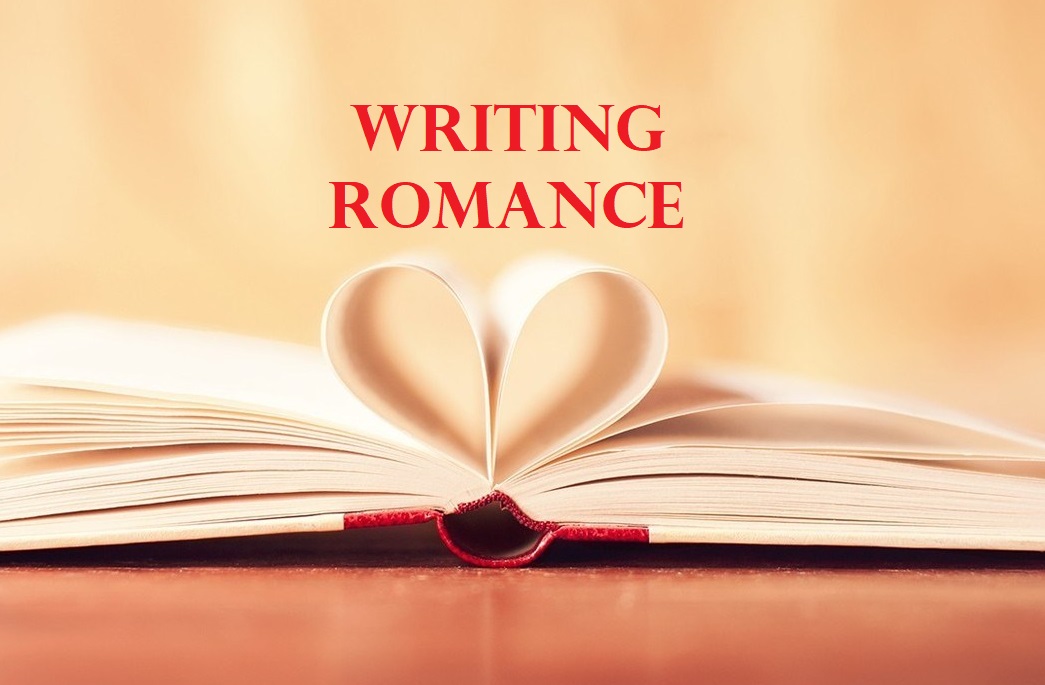
DON’T GO BREAKING MY HEART
Romance readers’ expectations: Finding the best setbacks and obstacles for my couple to overcome is one of my greatest…
February 23, 2025
Romance readers’ expectations: Finding the best setbacks and obstacles for my couple to overcome is one of my greatest…
February 23, 2025
From the Publisher When young real estate agent Sandra Lejeune receives an anonymous letter threatening her family, she leaves…
September 21, 2024
Readers, particularly romance readers, love stories that feel familiar—shorthand for they use tropes—but also seem new and bring a…
August 23, 2024
For writers, opportunities wait behind the doors of the grocery store! A plethora of plots. Character reveals. Centuries of…
August 20, 2024
Plotter or Pantser? Or Plottser? Outline or just start writing? Index cards or story map? The Hero’s Journey or…
May 23, 2024
Once upon a time, when I was new to fiction writing, I brought a chapter to my weekly workshop/critique…
February 23, 2024
Making your hero and heroine relatable is key to creating characters your readers will care about, will laugh with,…
November 23, 2023
I recently attended a conference where one of the speakers talked about how, because of cultural and societal shifts,…
May 23, 2023
I’m sure you’re aware of all the Christmas romance movies that Hallmark airs on television before Thanksgiving into the…
December 23, 2022
I’m sure you’re aware of all the Christmas romance movies that Hallmark airs on television before Thanksgiving into the…
November 23, 2022
Upon doing a search for romance novels that include a masquerade, I found that many romance novels include the…
October 23, 2022
How do you know if you’ve written a young adult novel or an adult coming of age? What about…
September 27, 2022
The current writing trend is to have strong, independent female characters. These female characters can run a business and…
September 23, 2022
What is it about candlelight that makes a candlelight dinner so romantic? First of all, did you know that…
August 23, 2022
Have you ever wondered why a guy gives the girl he’s romantically interested in a box of chocolates? Or…
July 23, 2022
Let’s face it. The majority of romance readers, including me, prefer a happy ending. But does that mean the…
June 23, 2022
I recently watched Hudson Hawk, a (deservedly) lesser-known Bruce Willis movie. It was released three years after his smash…
May 23, 2022
Writing teachers often talk about the story arc and character arc, meaning how the story is constructed or how…
November 23, 2021
The man and woman who will fall in love in your romance story are your most important characters. Therefore,…
September 23, 2021
One of my favorite movies is You’ve Got Mail. When Joe Fox attempts to apologize to Kathleen Kelly for…
August 23, 2021
What hole is in his heart? What hole is in her heart? This is where your romance story begins.…
June 23, 2021
I always say that a book that can make me laugh and cry is an outstanding book that will…
March 23, 2021
The short answer is YES! While falling in love can happen anywhere, the choice of your setting sets a…
January 23, 2021
Alexis A. Goring got her writing start as a very young girl. For a few years, her mother required…
December 26, 2020
What drives your character? What is his or her motivation for pursuing their goals, whether it’s defusing an atomic…
November 23, 2020